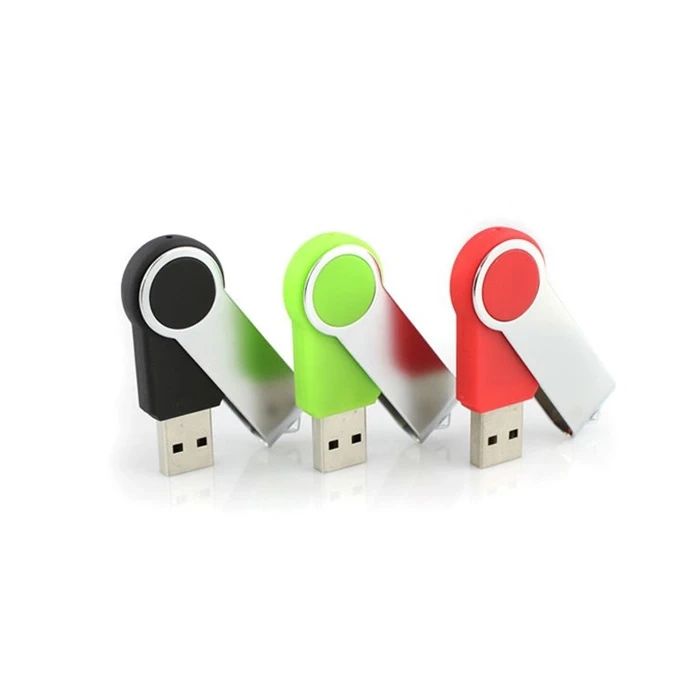Do you wonder why some USB ports are blue? USB stands for Universal Serial Bus and is the industry standard for the cable and connectors used in computers, peripherals and other computer devices. USB 3.0 became available in November, 2008, it is now standard across most electronic devices.
Recognised by it’s blue colour or the SS (SuperSpeed) logo near the USB port, these ports help transfer data and power at high speeds. USB3.0 take transfer speeds from around 480 Mbps to a super-fast 4.8 Gbps, hence the name “SuperSpeed” USB. “SuperSpeed” indicate the USB 3.0 superiority over USB 2.0, which is known as Hi-Speed.
Check those promotional USB sticks in your drawer to find out if they are USB 3.0 or USB 2.0.
When Did a USB 3.0 Supported Device Become The Standard?
Buffalo Technology, a Japanese computer peripherals firm, was the first to ship USB 3.0 products to consumers in 2009. While it took Microsoft three more years to provide built-in support for USB 3.0 via Windows 8 in 2012, the Linux Kernel has supported the USB 3.0 since 2009, with version 2.6.31.
Although support for USB 3.0 products took time to catch up, USB3.0 is designed to provide backwards compatibility. Rest easy knowing your customised USB 3.0 products will continue to work on your older devices. It will transfer power and data at the lowest common speed supported between the devices.
How Does USB 3.0 Differ From The USB 2.0?
Visual Difference: The USB 2.0 features a black block inside the USB port, the USB 3.0 has a blue “block”. On viewing inside the USB 3.0 port, you will also find five conductors at the back, USB2.0 has four.
Data Transfer Rate: The USB 3.0 (4800 Mbps) transfer rate literally blasted to around ten times the speed of USB 2.0 (480 Mbps). USB 3.1 has recently been released at a transfer rate of 10,000 Mbps, twice the rate of USB 3.0, it is twenty times faster than USB 2.0.
Backward Compatibility: USB 3.0 is loaded with backward compatibility, meaning it will work with USB 2.0 ports and devices although it will exhibit the transfer rate of USB 2.0.
Power Usage: USB 3.0 can transmit much higher power with a current of up to 900 mA compared to USB 2.0, which provides a current of up to 500mA.
Price: Devices and cables with USB 3.0 are significantly costlier compared to USB 2.0.
Looking to purchase classic USBs in bulk? Visit Wholesale USB to obtain great prices for USB 2.0 and 3.0 custom-printed usb sticks that have a 6-year warranty.
Wholesale USB is your one-stop solution for quick service, fast turnaround and great pricing. We offer USB branding solutions for corporate promotional events, conferences and trade shows.
Contact us today and let our experts help you make your customised branded usb sticks. With a wide range of the highest-quality USB drives in the industry, including classic and numerous other USBs in various shapes and colours to promotional USB business cards and logo printed usb drives, you won’t be disappointed.
Source: https://wholesaleusb.com.au/what-is-usb-3-0-the-superspeed-usb/


